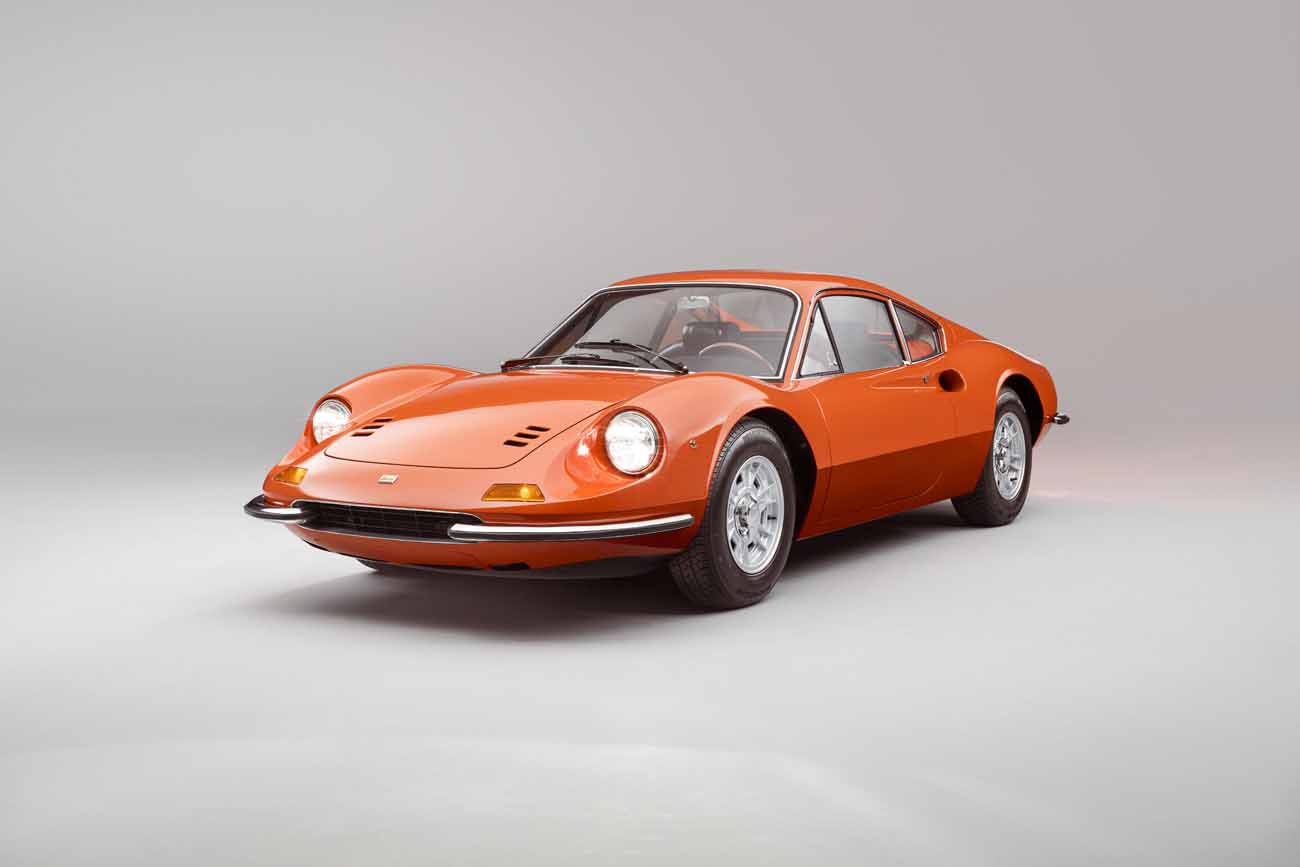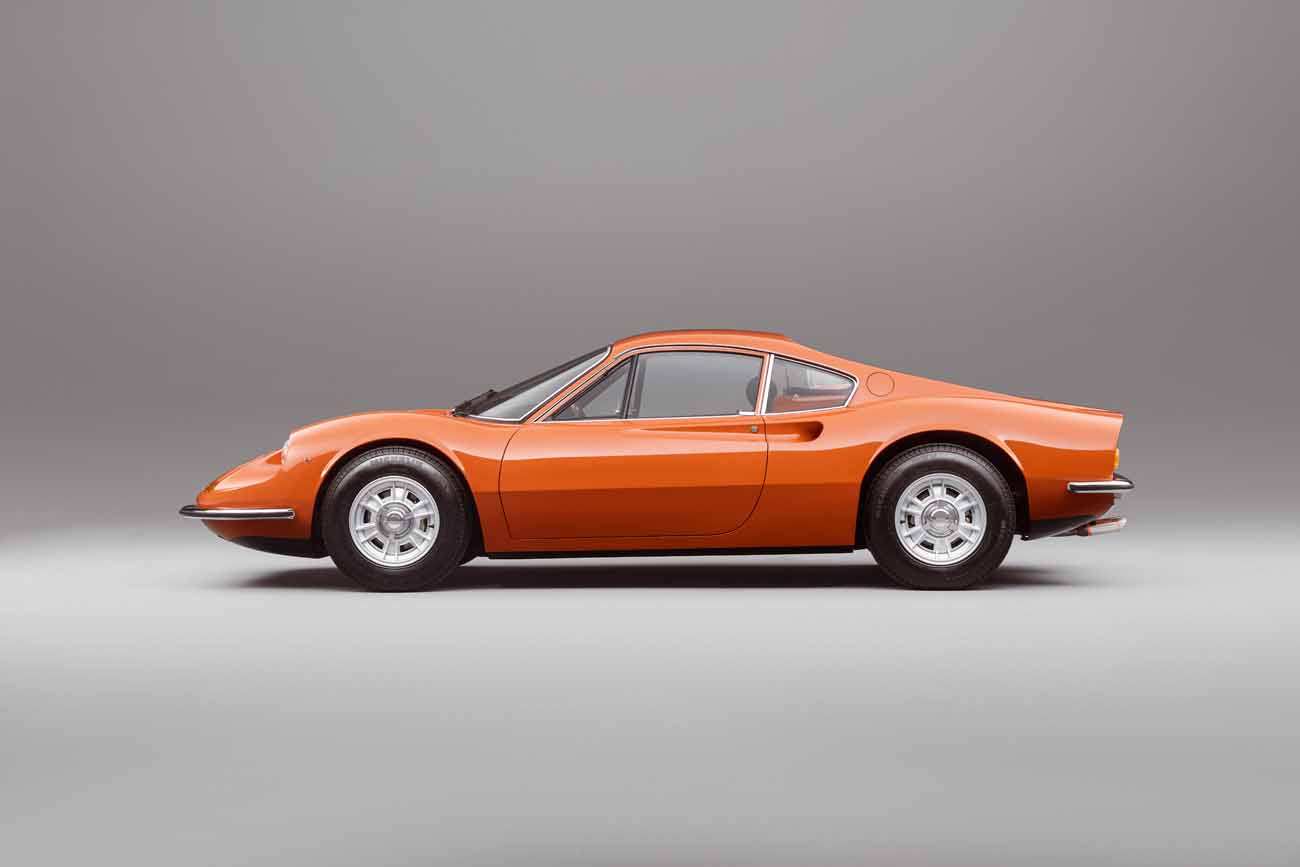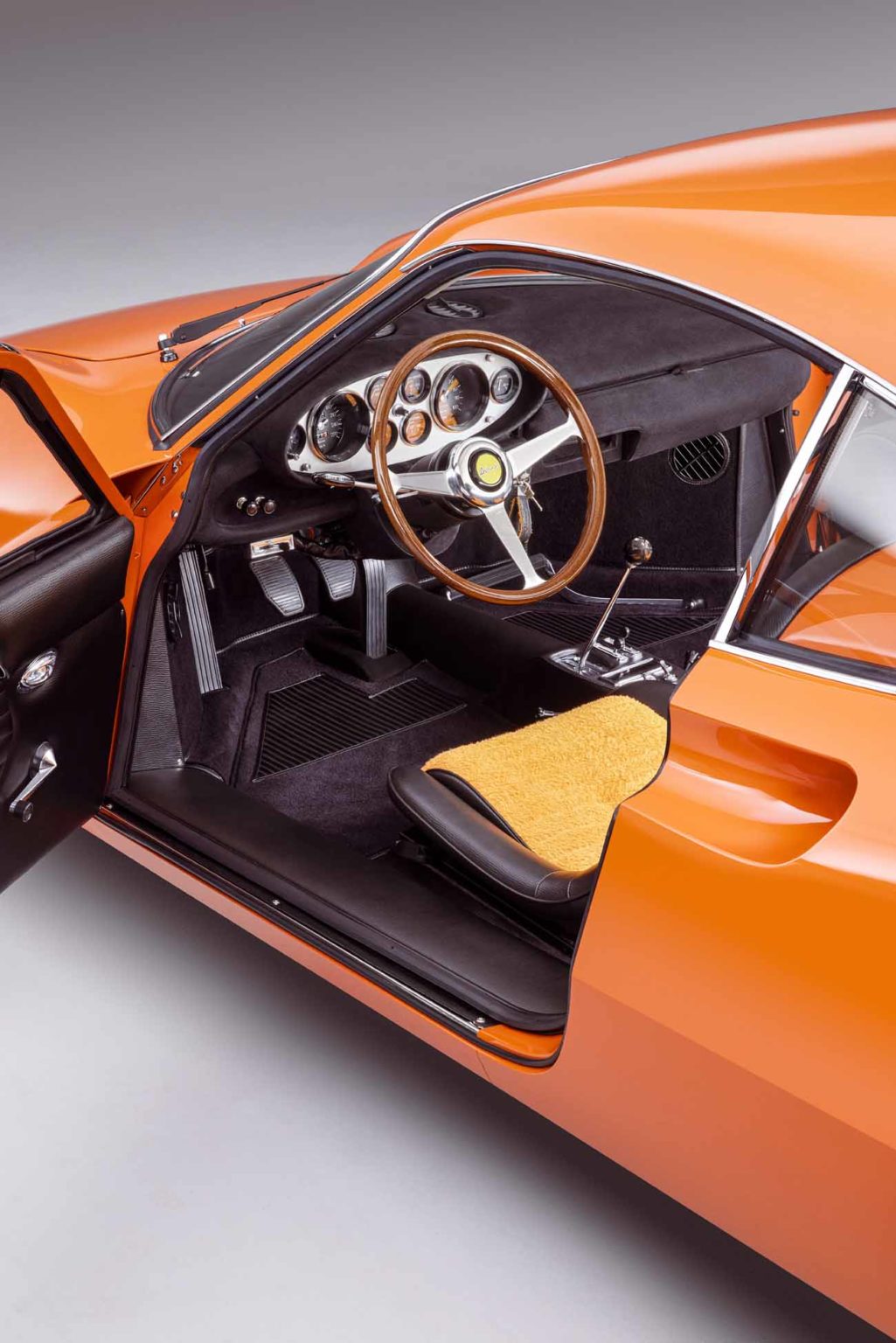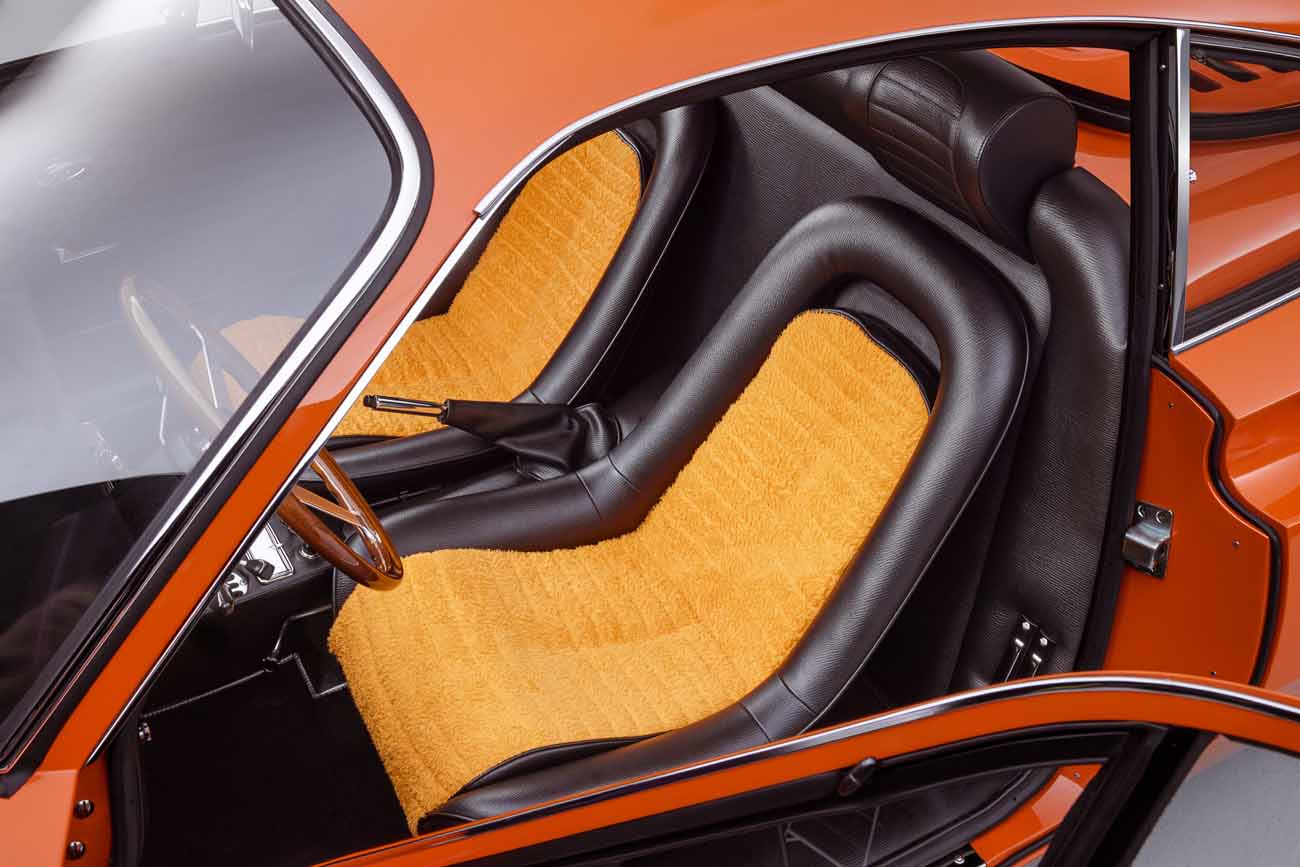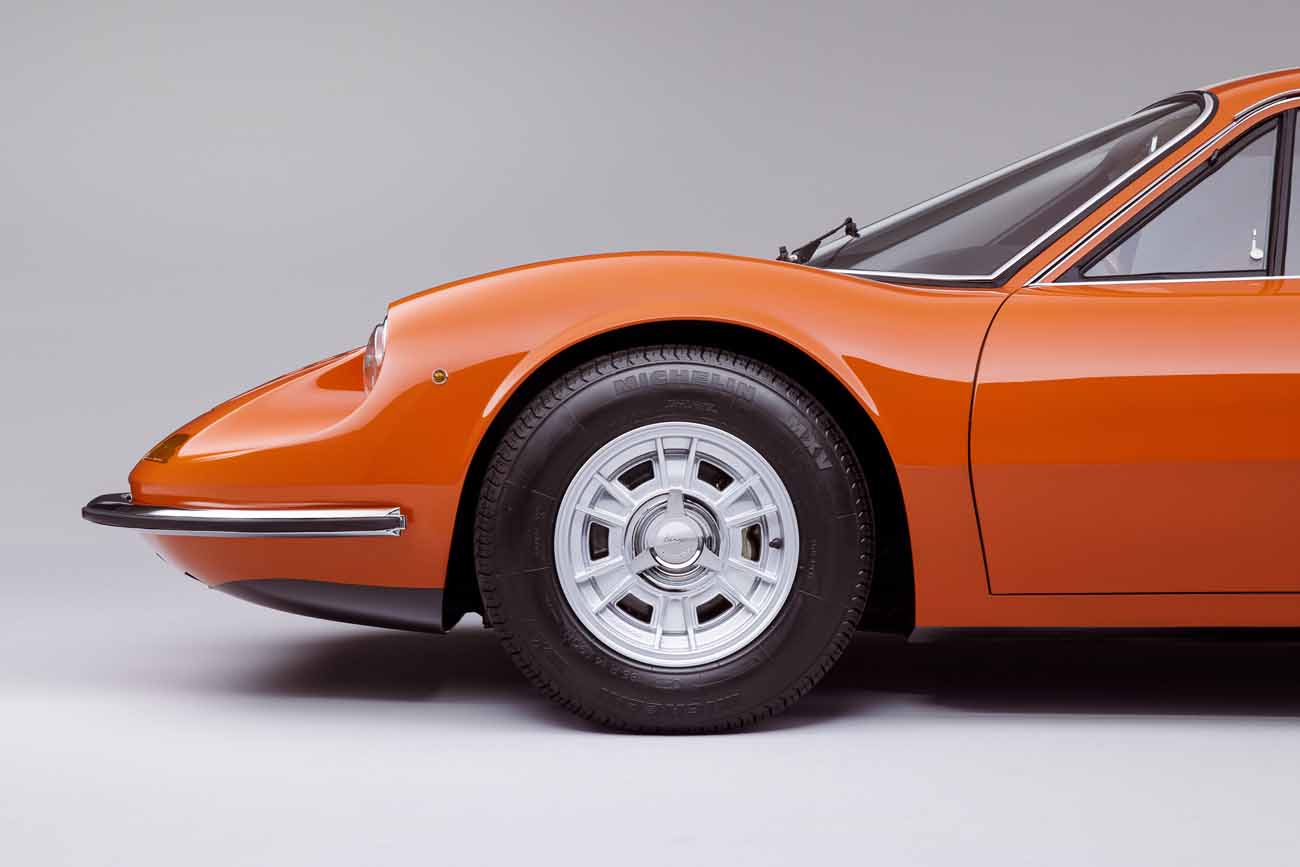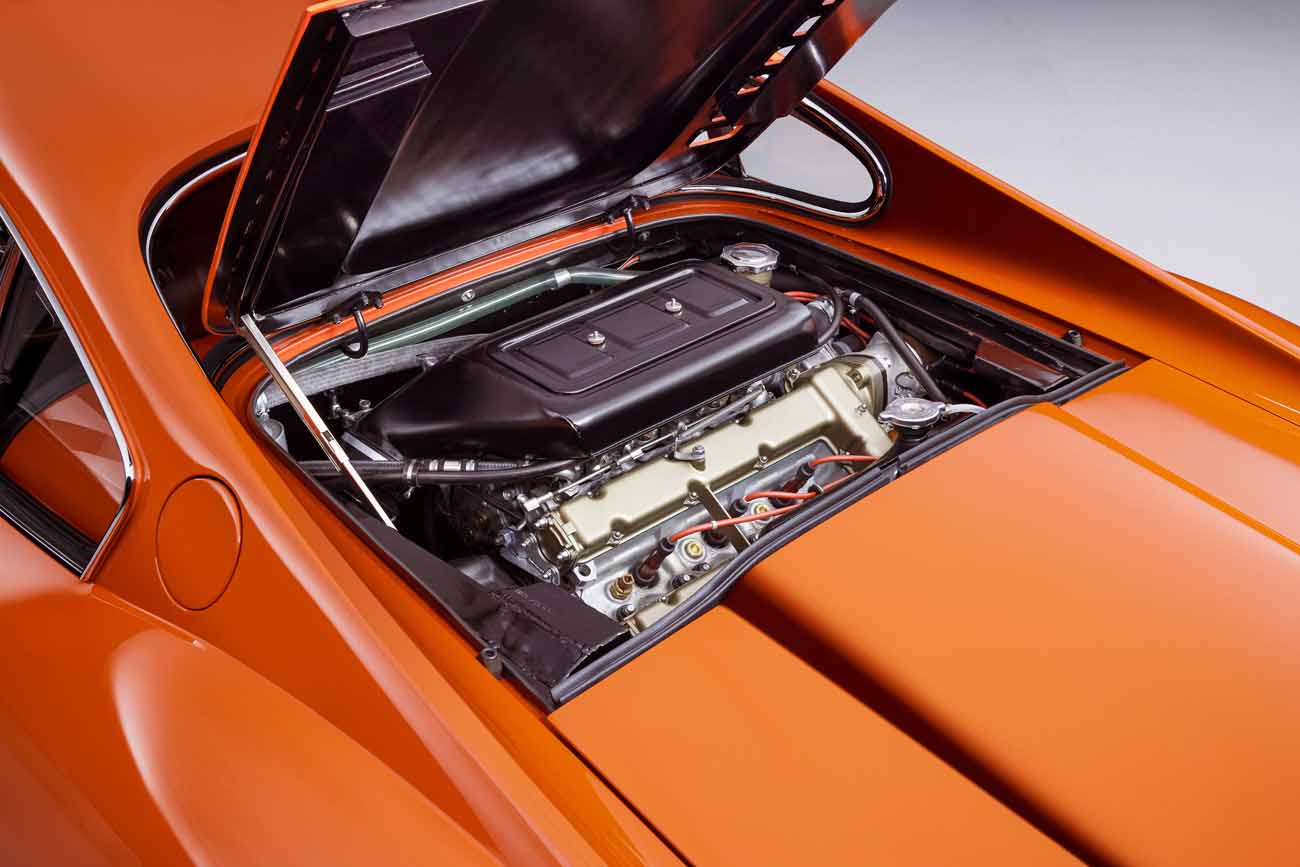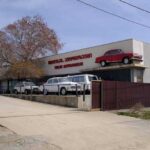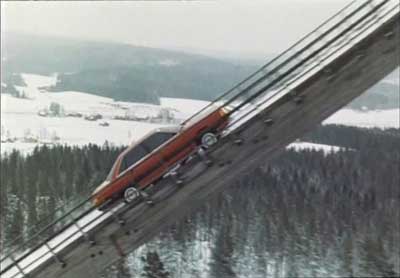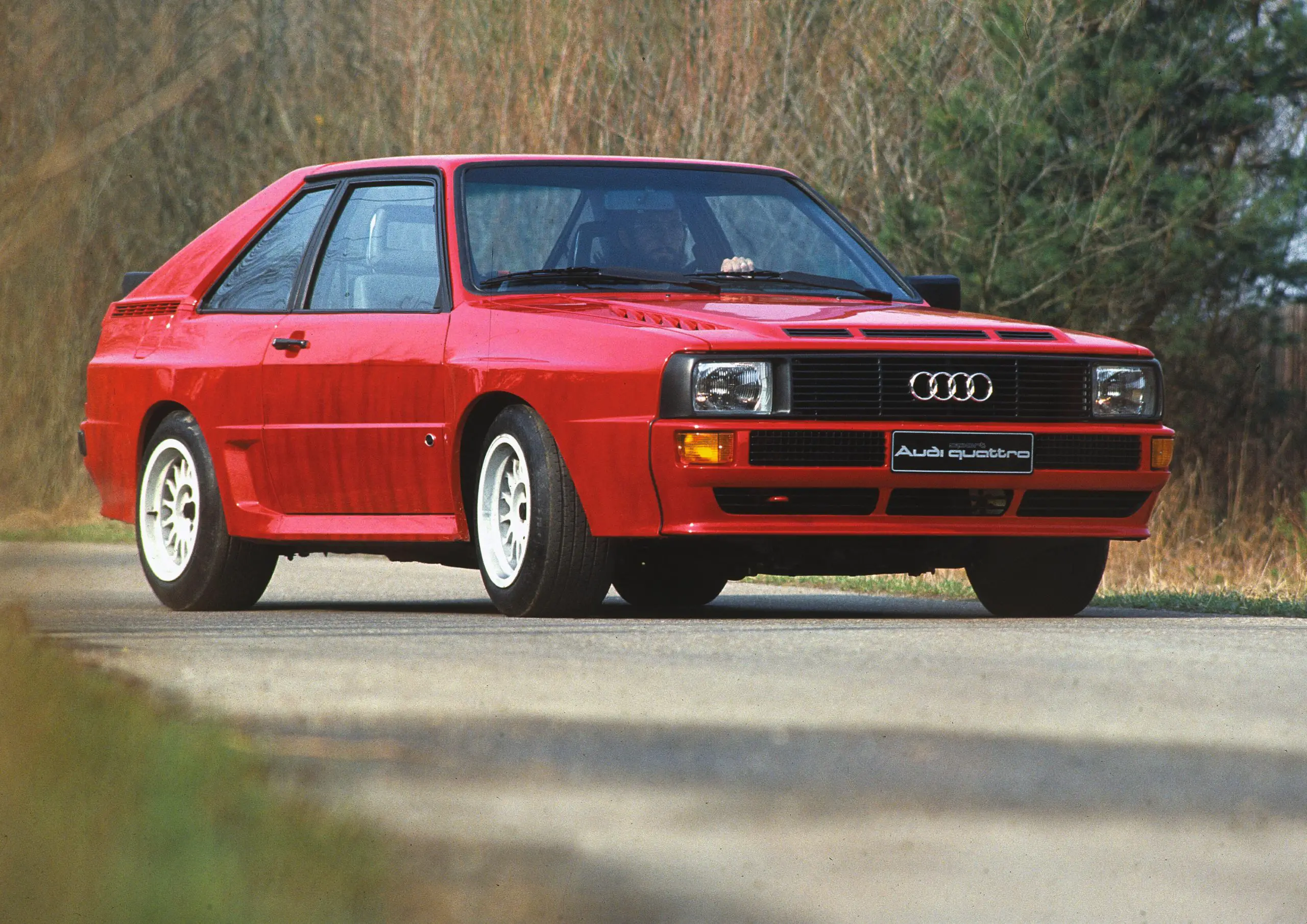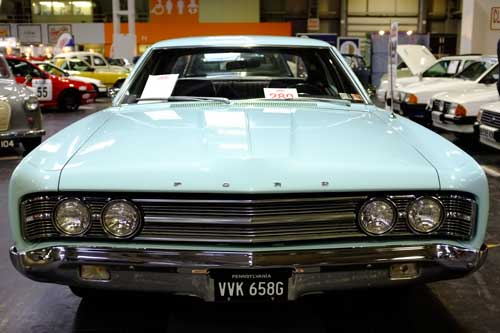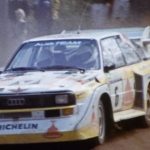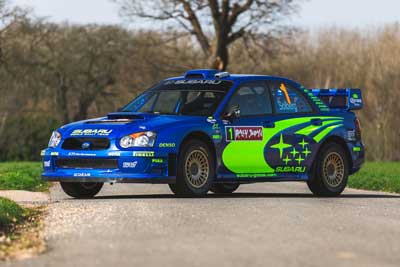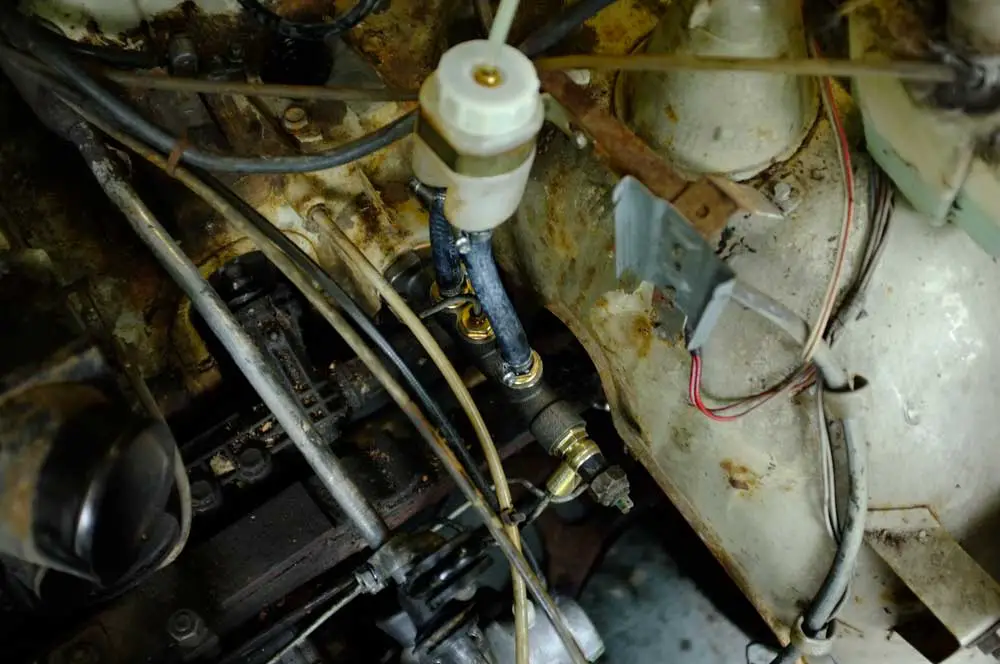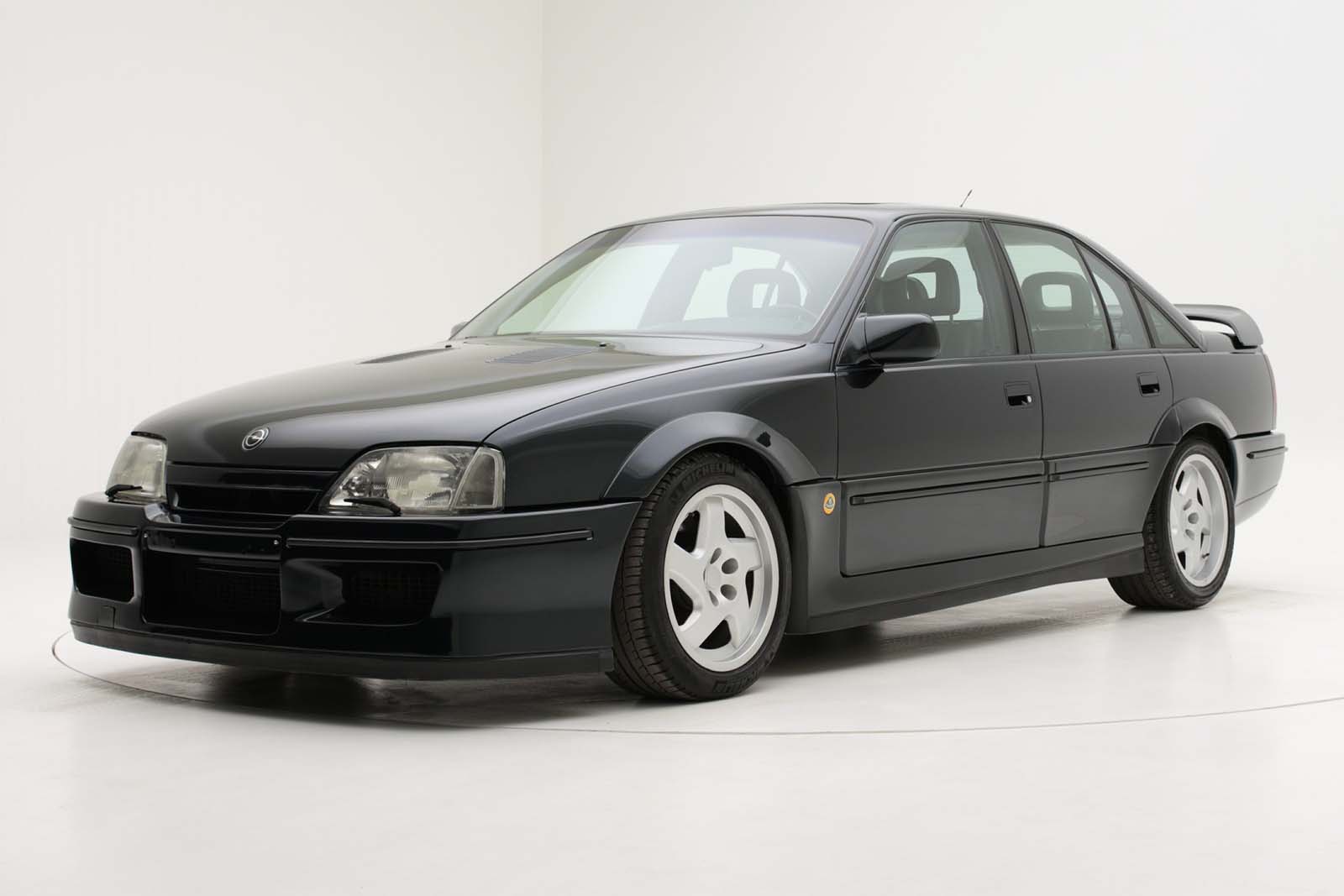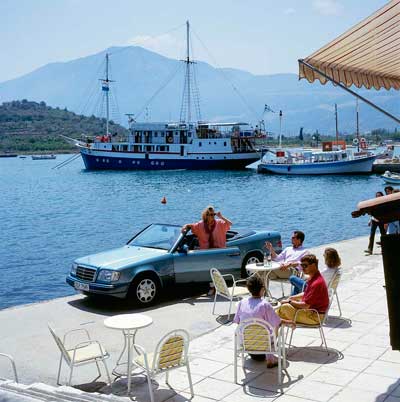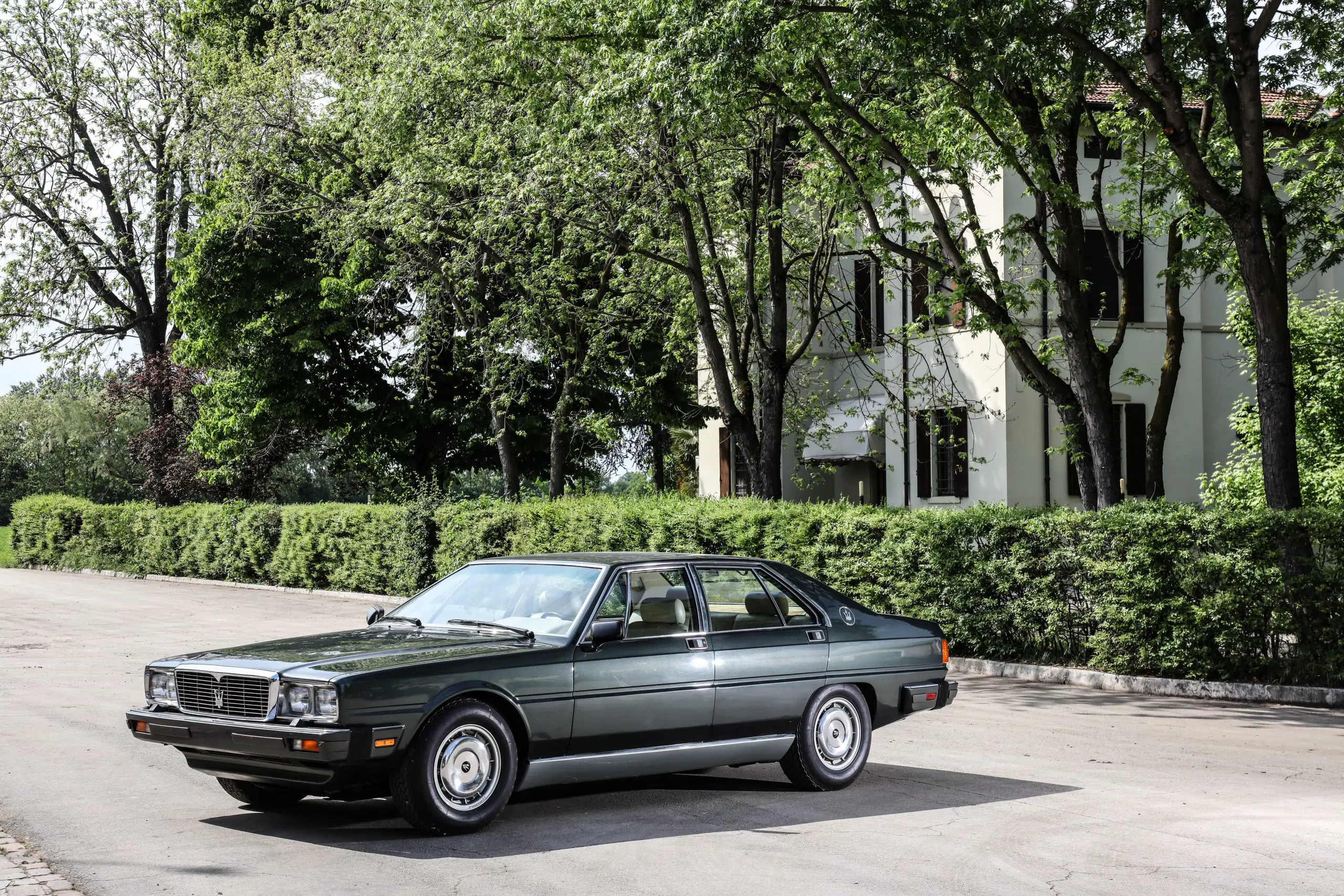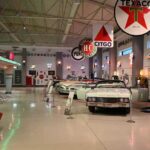
Rare Concours Ferrari 246 GT L Dino Series From Bell Sport & Classic
Bell Sport & Classic have finished restoring a very rare Ferrari Dino 246 GT L to concours standard. The latest masterpiece to emerge from their Hertfordshire works is the 1969 Frankfurt Motor Show car that Ferrari displayed to the public.
The Dino is quite possibly one of the prettiest Ferraris of all time, except that is was never intended to be a Ferrari, wearing badges of Enzo Ferrari’s son, Dino.
The significance of this car meant that it was going to receive the best treatment and the restoration to what can only be considered to be as new condition seemed appropriate and is now probably the best Dino in existence.
The car left the motor show and went to a customer in West Germany and became the first Dino to be sold in the country and the seventh L series made by Ferrari. The low mileage left hand drive car is very rare today and one of the most important models made by Ferrari.
“Enzo Ferrari first used the ‘Dino’ name to denote a range of V6 Formula 1 and Formula 2 racing engines as a tribute to his first son Alfredo ‘Dino’ Ferrari, helped develop the engines, but tragically succumbed to illness at the age of 24 in 1956,” recounts Tim Kearns, Managing Director of Bell Sport and Classic. “When Ferrari launched its first V6-powered, mid-engined road car in 1968, it did so under the ‘Dino’ brand. And instead of the traditional Cavallino Rampante or Prancing Horse Ferrari badge, the Pininfarina-designed cars carried the signature of Alfredo ‘Dino’ Ferrari.”
The first Dino was the 2 litre V6, 206 GT with the original short wheelbase chassis. This was lengthened by 60mm to create the 246 GT L and came with a more powerful 2.4 litre V6 and Ferrari also introduced the GTS targa version.
There were only 357 of the L series Dinos built before the M and E series followed in much larger numbers.
Back in 1969 the highly respected automotive journalist and racing driver Paul Frère praised the Dino 246 GT L’s driving characteristics: “The Dino is most fun to drive on roads with lots of bends and good visibility. I know of very few cars that offer as much driving enjoyment through this type of terrain as this one does.”
Frère wasn’t alone with his enthusiasm for the Dino. “Critics and customers alike loved the way the Dino looked, sounded and drove. The car soon became acknowledged as a ‘lifestyle’ icon, even achieving fame in the cult classic detective television series ‘The Persuaders’, in which Tony Curtis drove a 246 GT,” reveals Tim Kearns.
“It’s remarkable to think that at the time the car made its debut, Enzo Ferrari was adamant that his road-going creations should only be fitted with V12 engines and launched the new V6-powered Dino as a sub-brand. Yet today, Ferrari has closed the circle and returned to the V6 engine format, albeit in turbocharged guise, with its new 296 GTB.”
The 246, chassis number 0046, had been around the world having spent time in Germany, France, Canada and the U.S. However, it had only covered a total of 53,400 miles (86,000 km) of the 48 years before the arrival at Bell Sport in 2017. In spite of the low mileage the car was in poor condition.
“To be honest, I doubt if many other proper restoration companies would have even considered taking this project on. The tired state the Dino was in, it just didn’t look economically viable to attempt to return it to its former glory,” recalls project leader Peter Ensor, who with technical director Attilio Romano were responsible for the team performing the restoration on the Dino.
“The car had been restored twice before in its life already but lacked real care and precision. It was painted Rosso Corsa red instead of the original Rosso Dino, which has a more ‘orangey’ hue, the leather trim was incorrect too – it was black and red as opposed to the black with orange seat towelling interior fitted at the factory. And that was just for starters. When we delved deeper, we realised that there were plenty of other problems to address too.”
There was extensive rust in the car, the inner wings were really bad reducing the cars structural integrity. The front and rear valances were out of shape the door scoops didn’t align, and the wheel arch heights didn’t match from one side to the other. Even the roofline was out.
“And those were just the things we could see,” said Elliot East. “We also found that at some stage replacement front wing panels had been welded on top of the original items. The same ‘technique’ had been used on the sills and rocker panels, which meant the seam lines had been lost and rust had been locked in underneath.”
The extent of the car’s poor condition became evident when the car was dismantled. This took the team several months to remove all the aluminium panels from the steel monocoque.
Bell Sport have gained the rather prestigious certification of Ferrari Classiche for the standard of work done restoring Ferraris, but even with this the Dino presented a challenge. They enlisted the help of well-respected author and leading Dino authority Matthias Bartz to help with the vehicle identity and original factory specification.
The engine, transmission, suspension and brakes were completely stripped. Each one was carefully restored to original specification. The V6 engine being fully rebuilt before extensive dyno testing and being bench run for a whole day before it was refitted. This was purely to ensure that it had the 191 bhp it left the factory with.
The restoration work to the air scoops that run from the doors into the engine bay now means that they are actually symmetrical and line up correctly. Originally these would not have been correct as back in the 1960s when the car was built there wasn’t the technology to achieve the fit and finish of today meaning there was a slight mismatch.
“Once we had the body panels perfect, we still had the issue of ensuring the scoops on the doors would align correctly with those on the body panels. That meant refabricating the doors and aluminium-welding the original scoops into the new skins,” reveals Ensor.
When restoring a car like a Ferrari, Bell Sport & Classic don’t just replace panels and word out parts, the aim is to retain as much of the original car as possible. A Restoring a car takes a long time and hundreds of hours are spent on each area, like those door scoops.
Two weeks were spent adjusting the doors so that they open a close correctly and those scoops stay aligned. Further minute adjustments are made to trim pieces, the window frames and the curved rear screen. That piece is actually larger than the hole it goes into and that means fitting one side first and flexing the screen to get the other end in. Another two week task.
Two days were spent polishing the interior mirror and the paintwork even has the correct grey primer under the Rosso Dino final coat.
The interior has been retrimmed in the original black leather will orange towelling inserts fitting rather nicely with a newly built dashboard.
This might seem like overkill on your average restoration, but with rare and desirable cars like this Dino it’s got to be right to maintain the car’s value. Probably the best Dino in the world and the most expensive, if you could ever buy it.
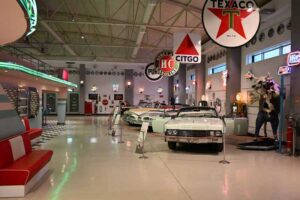
Ural Ataman Classic Car Museum – Istanbul, Turkey
This has to be one of the nicest private collections I have seen, the Ural Ataman Museum in Istanbul, turkey has not only a wide
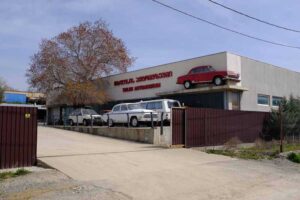
Tbilisi AutoMuseum Car Museum – Georgia
You may not have heard of this, but the small car museum in Tbilisi Georgia really has quite a lot to see. Buried in an
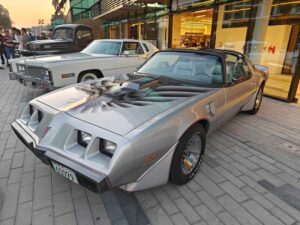
Bahrain Bike Week Classic Car Show December 2024
Bahrain Bike Week is the biggest event of its kind in the Middle East and the 2024 one was no exception. It’s not just the

Ford Motor Company Bring Back Group 5 Mk1 Escort & Group B RS200 With The Help Of Boreham Motorworks
Ford have granted a licence to Boreham Motorworks, a division of the DVRN Automotive Group, to produce new versions of not just the Mk1 Escort
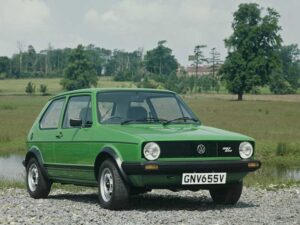
The VW Golf At 50 Years Old
Europe’s number 1 selling car the VW Golf has reached 50 years old this year, starting production on the 29th of March 1974. In
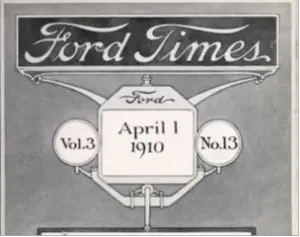
Ford’s Heritage Vault Makes The Ford Times Magazine Available To The Public
Ford’s expansion through the early 20th century was something to behold, the rapid growth of the company and the success of the Model T led
